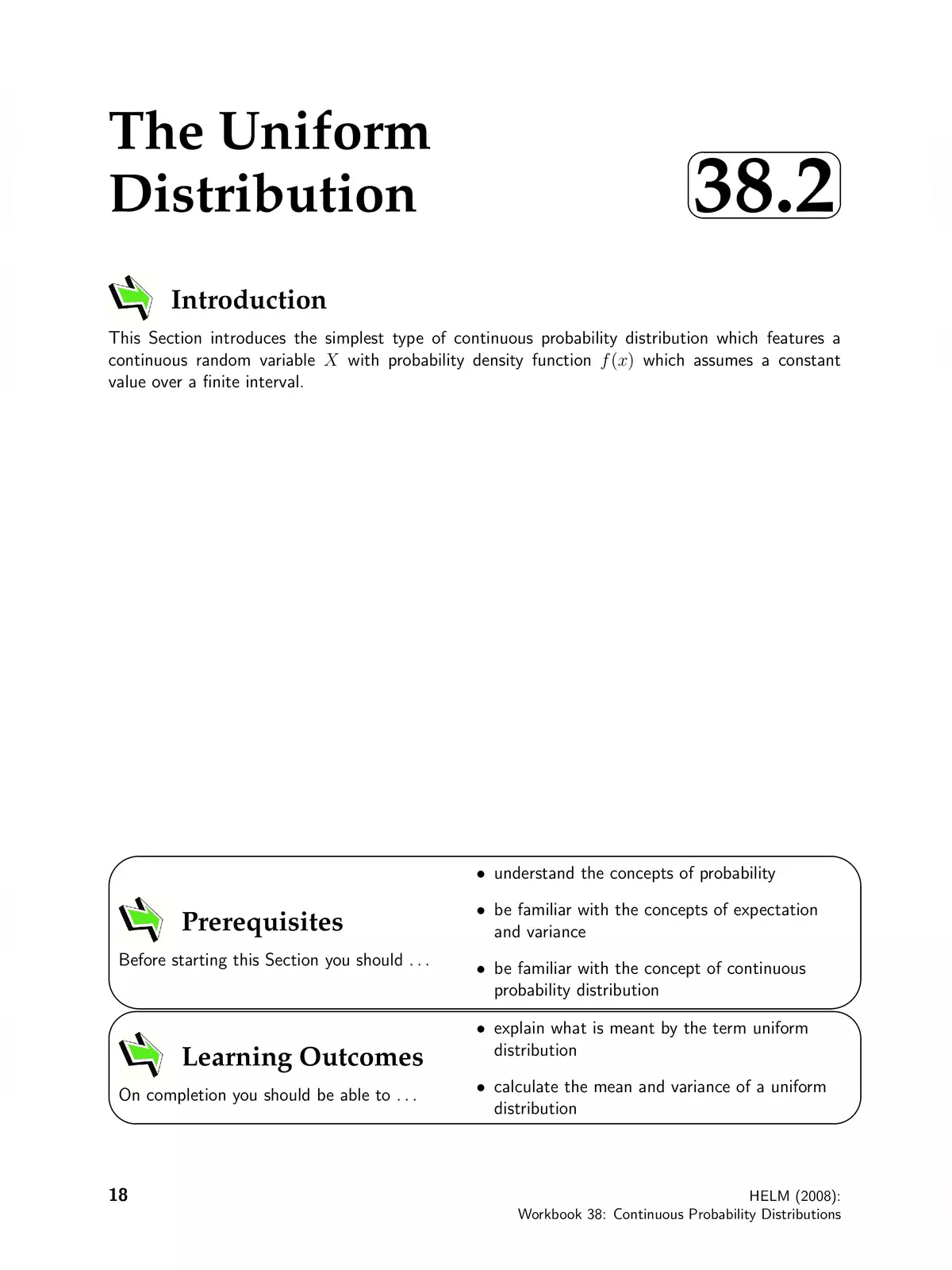Uniform Distribution Tutorial - Summary
Uniform distribution is an important concept in statistics that helps explain a type of probability distribution where every possible outcome has an equal chance of occurring. In uniform distribution, the likelihood of each variable is constant, making it a fundamental idea in understanding probability.
Understanding Uniform Distribution
Uniform distribution can be divided into two main types that provide a clearer view of its characteristics:
Types Of Uniform Distribution
- Discrete Uniform Distribution
- Continuous Uniform Distribution
Example
Uniform distribution is one of the simplest forms of probability distributions. For example, imagine a standard deck of playing cards. Every card has the same chance of being drawn, whether it’s a spade, heart, club, or diamond. Similarly, think about flipping a coin: the chance of landing on heads or tails is equal.
A graph representing uniform distribution typically appears flat, with the top and sides aligned parallel to the x- and y-axes, illustrating the equal probability of outcomes.
Now, picture yourself standing at a bustling street corner and handing out ₹100 notes to everyone passing by. Each person has the same opportunity to receive the money. The probability is calculated as 1 divided by the total number of people. However, in real life, this might not be completely uniform, as some individuals may attract more attention than others, like shorter people or women in a crowd. This example highlights how uniform probability can work in theory but may differ in actual situations.
For those interested in a deeper understanding of uniform distribution and its applications, please download the PDF available below. It’s a valuable resource to help you learn and grasp this essential statistical concept! 📊
